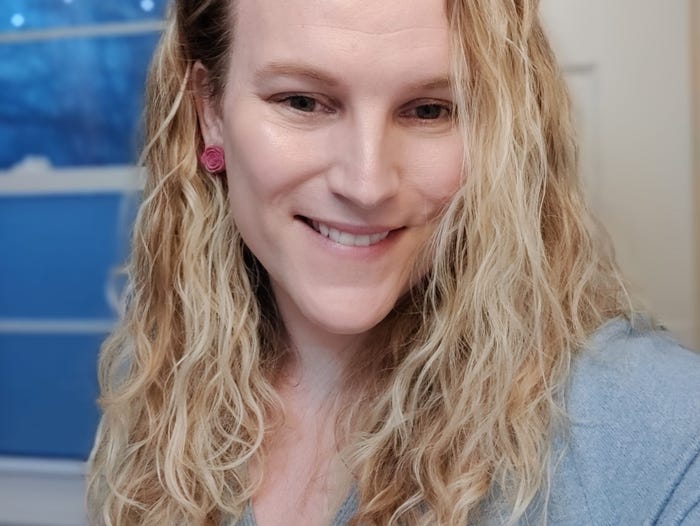A software developer who built a hugely popular early-retirement calculator says 2 ‘boring’ tips are helping her reach financial independence
4 min read
Our experts answer readers’ investing questions and write unbiased product reviews (here’s how we assess investing products). Paid non-client promotion: In some cases, we receive a commission from our partners. Our opinions are always our own.
- Lauren Boland is a software developer and active member of the online FIRE community.
- She created an early-retirement simulator that’s been used over 500,000 times in the last year.
- She said the key to FIRE is patiently and consistently saving, investing, and avoiding schemes.
Achieving financial independence and retiring early is something many people dream about, but the number of people who dedicate time, energy, and money to achieving it is far smaller. Software developer Lauren Boland, 40, is among the latter group.
Boland is so interested in the FIRE movement (Financial Independence/Retire Early) that she programmed an early-retirement calculator in 2013 called cFIREsim that is still so popular it’s been used over half a million times in the last year. With a few data inputs, the calculator helps users understand how much they’ll need to retire early, and how likely they are to end up with $0 before the end of their retirement period.
As for her own FIRE journey, Boland told Insider that she and her wife were “about 90% to our goal” with their own retirement accounts, but experienced some setbacks due to the market downturn. However, she’s still confident they’ll hit their numbers in a few years if the market recovers soon enough.
When asked what methods the couple has used to near their FIRE goal, Boland said they did it “the boring way.”
“I know that’s an unsatisfying answer, but it’s true,” said Boland. “One superpower of most people who achieve FIRE is patience.”
She said two key tenets of her “boring” strategy have helped her stay on track toward financial independence — and shared one pitfall that FIRE adherents should avoid.
1. Keep living costs down as much as you can
Boland said the first step to being able to save enough in your retirement plan is to slash as many costs as possible while you’re still working.
“We always tried to keep our housing, car, and food expenses pretty low and never really got out of our league in terms of those costs,” said Boland.
She added that it didn’t hurt that they had “slightly above average” incomes that helped them save even more, despite living in a suburb of Washington DC, which is a high cost-of-living area. She stressed that it’s particularly important to keep housing costs low, but understands that this can be a big challenge right now.
“I know that rents right now are crazy, and housing costs in general are crazy,” Boland said, adding that the cultural expectation in the US that people live by themselves can also exacerbate housing-cost issues.
Shared housing could help keep costs down — for example, splitting costs with family members or having long-term, reliable roommates. Some shared housing arrangements can be even more unique, like doing “co-housing” and buying property with someone other than a romantic partner.
The post-pandemic boom in remote work has also opened opportunities to live in lower-cost areas for some people as well.
2. Budget for a monthly investment contribution and stick to it
After you slash your living costs, the next step is simple: Invest what you’ve saved.
“If you set out a plan to save a certain amount each month and invest it, that’s honestly all you need to do,” said Boland. “If you are patient and keep doing that, you will hit your goal.”
Many financial planners and financial advisors — as well as personal finance content creators — often talk about the power of compound interest.
Compound interest is defined as interest that is built upon earlier interest. In other words, if you invest $100 and you get a 10% rate of return, you’ll have $110 the next year, which will become $121 by the end of the second year, due to the ever-growing principal amount and steady rate of return.
A pitfall to avoid: Getting too deep into alternative investments
Boland said the “No. 1 counterproductive thing to do is expect things to happen quickly,” and to seek out get-rich-quick schemes. FIRE adherents, she said, should be particularly wary of alternative investments that promise really high returns in short periods of time without a lot of reliability.
While she has some alternative investments — including a little bit of cryptocurrency — she said that you shouldn’t get “too deep into it,” because you run the risk of losing a lot. If there’s a huge crash, as we’ve seen with crypto, you could lose all or a significant portion of your retirement savings.
This article was originally published in July 2022.
Discover more from Slow Travel News
Subscribe to get the latest posts sent to your email.



